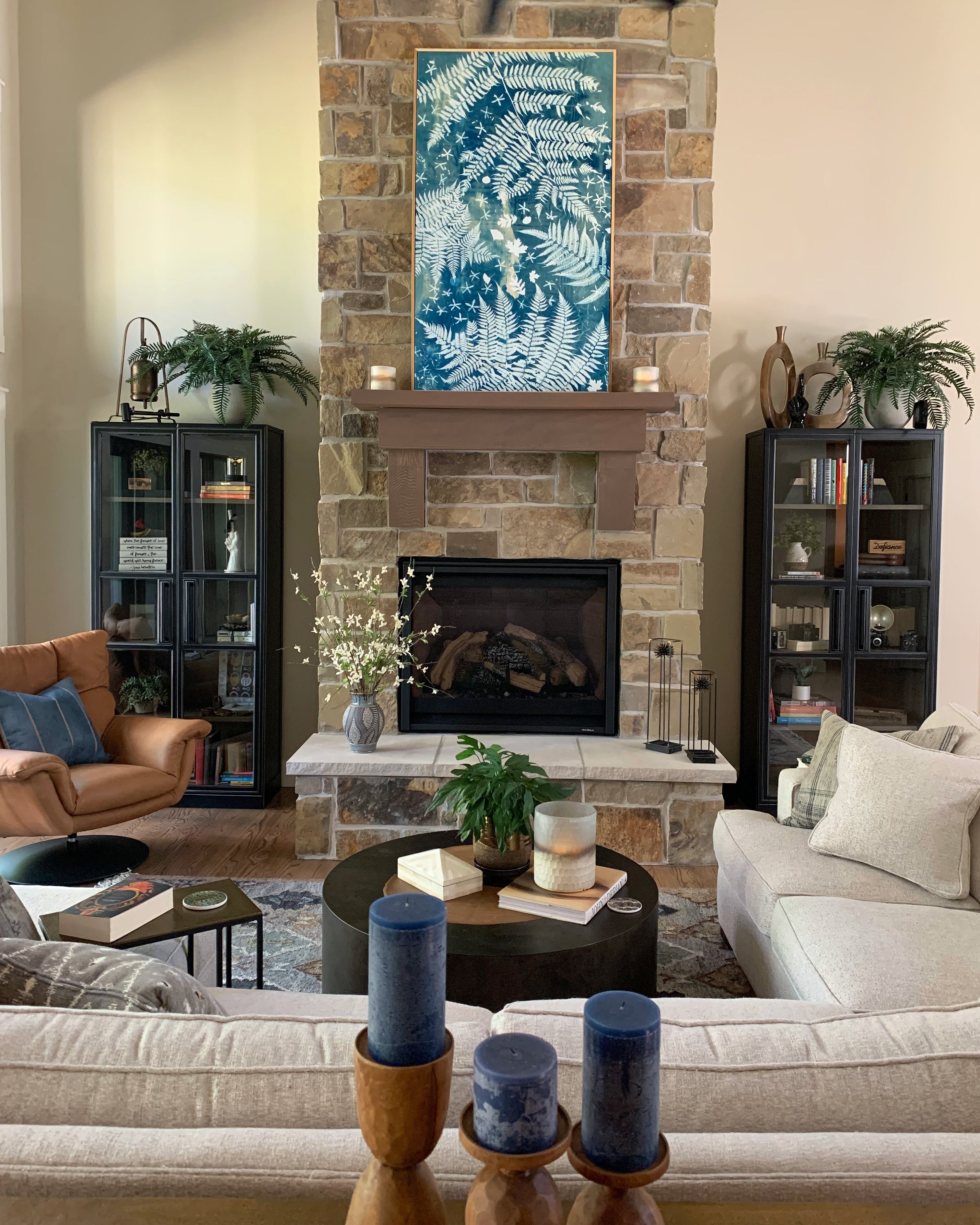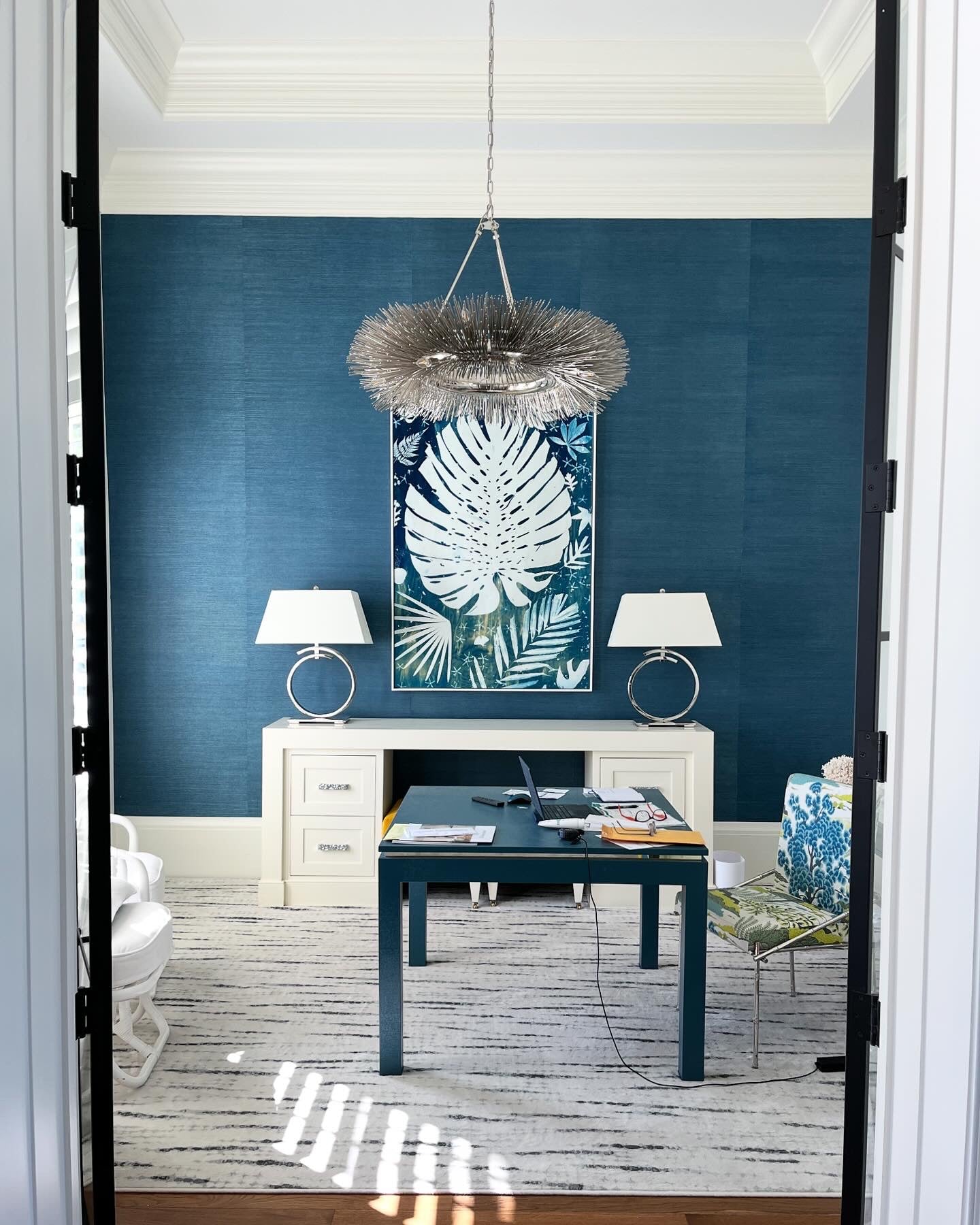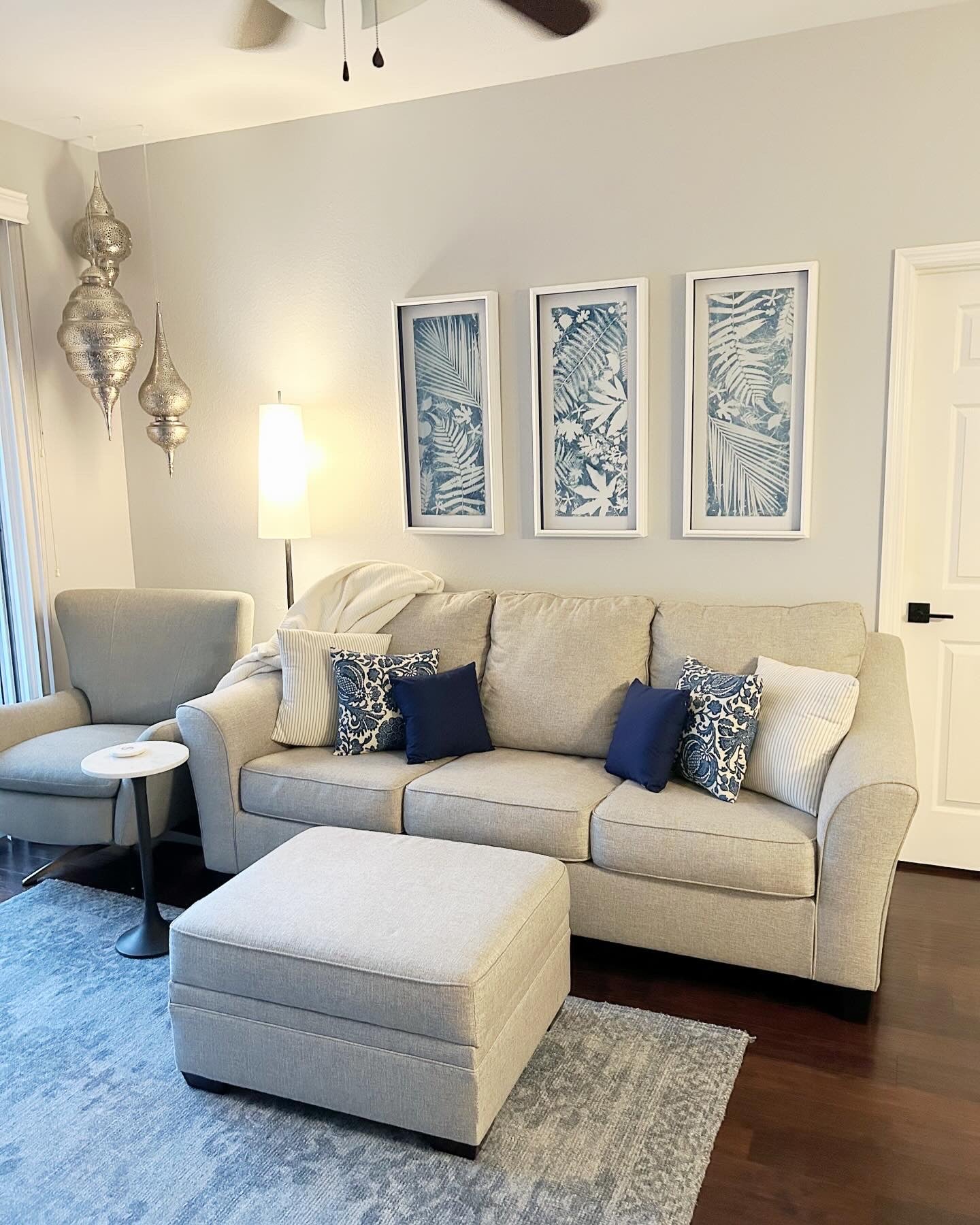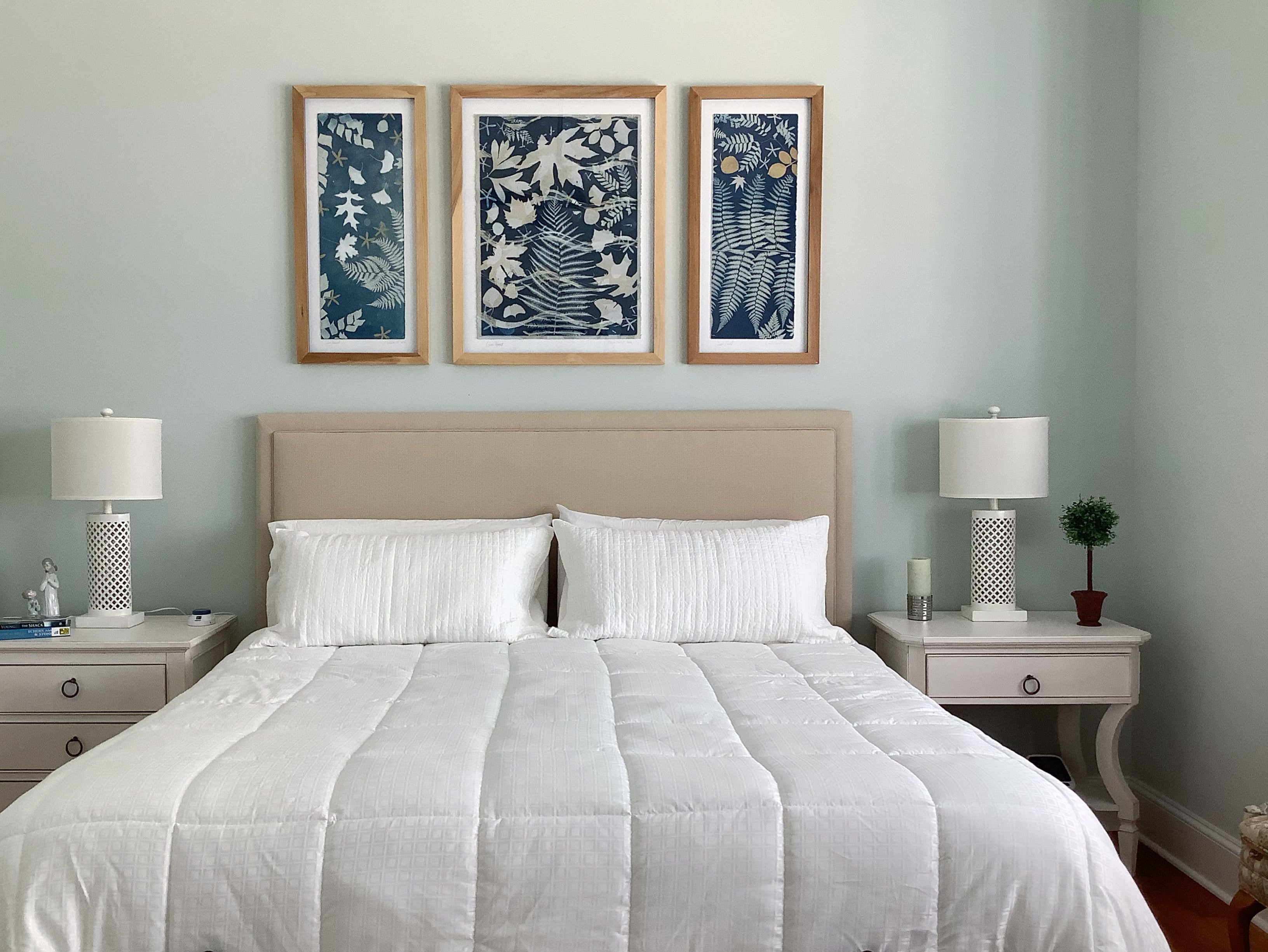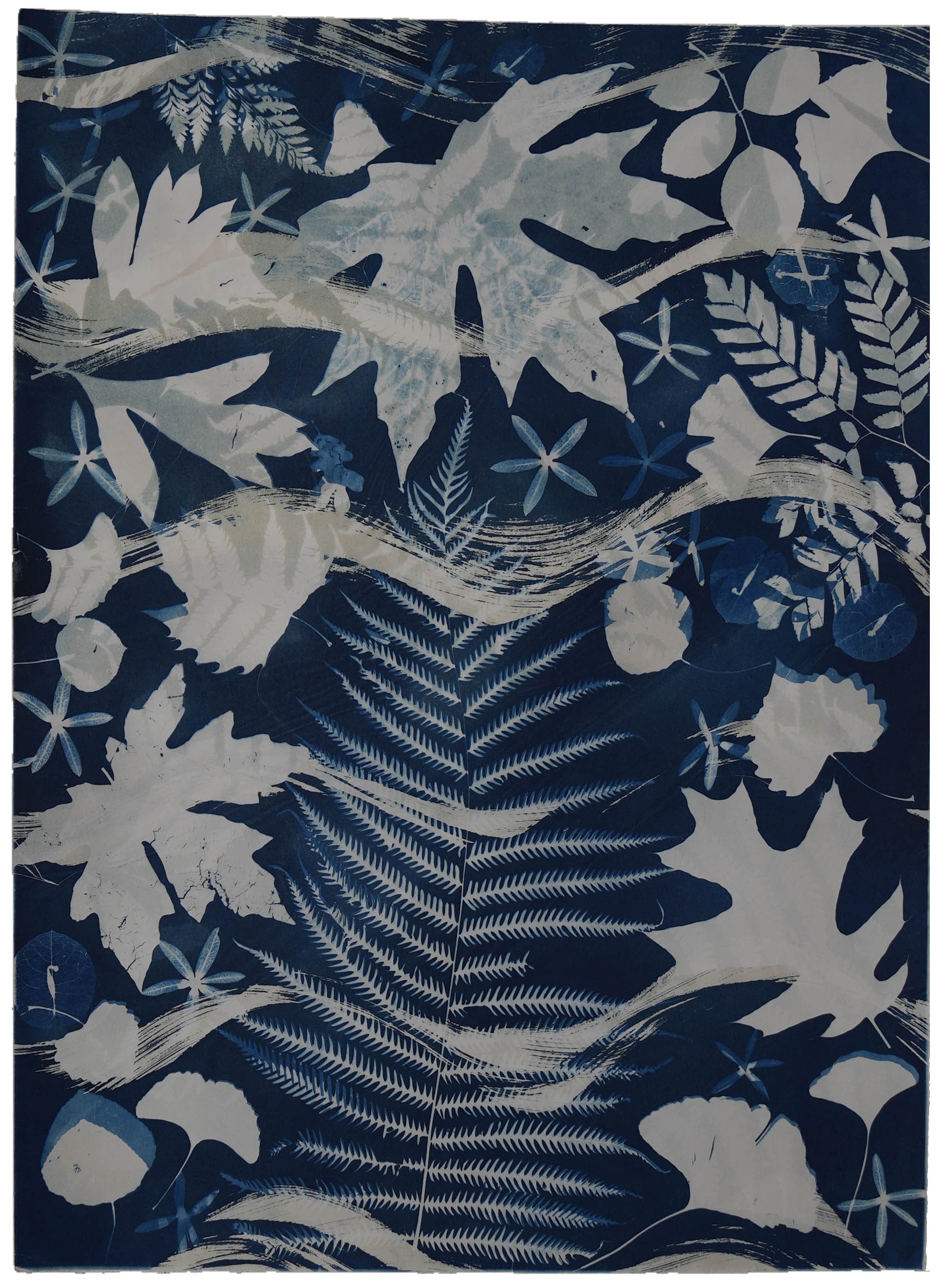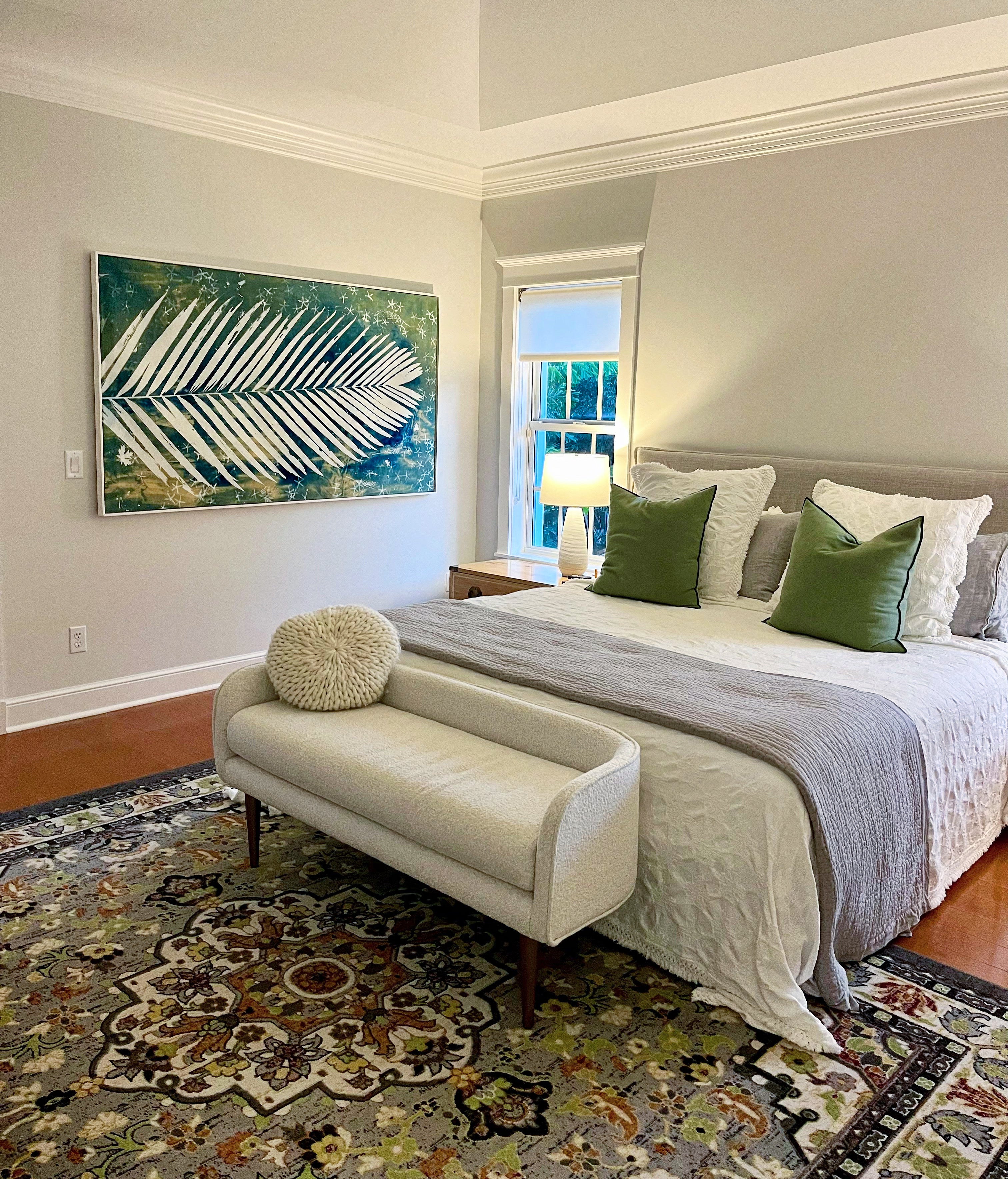
D) Ready-Made Frames
Stores like Michaels offer a wide selection of ready-made frames. I recommend buying a larger frame to allow for a mat, giving your artwork more space and breathing room. However, many of my pieces are unique sizes and may require custom framing.
FAQ
Can my artwork be placed in direct sunlight?
The amount of direct sunlight your artwork receives is a key factor. If the piece gets about two hours of sunlight a day, it should be fine.
However, if it's exposed to several hours of direct sunlight continuously, I recommend using UV light-filtering glass. This special glass will help protect the colors and materials from fading and damage due to prolonged exposure to sunlight.
It's an effective way to ensure the longevity and vibrancy of your artwork.
Do you recommend glass or acrylic for framing?
I use both, depending on the specific needs of each situation. For pieces that I'm shipping, I prefer to use framer's acrylic. This is to lower the risk of breakage and also to reduce the weight of the package. For art shows, I usually opt for glass, but that is just my preference as it's less susceptible to scratching, however more likely to break. Both materials are really excellent for protecting and displaying artwork.

